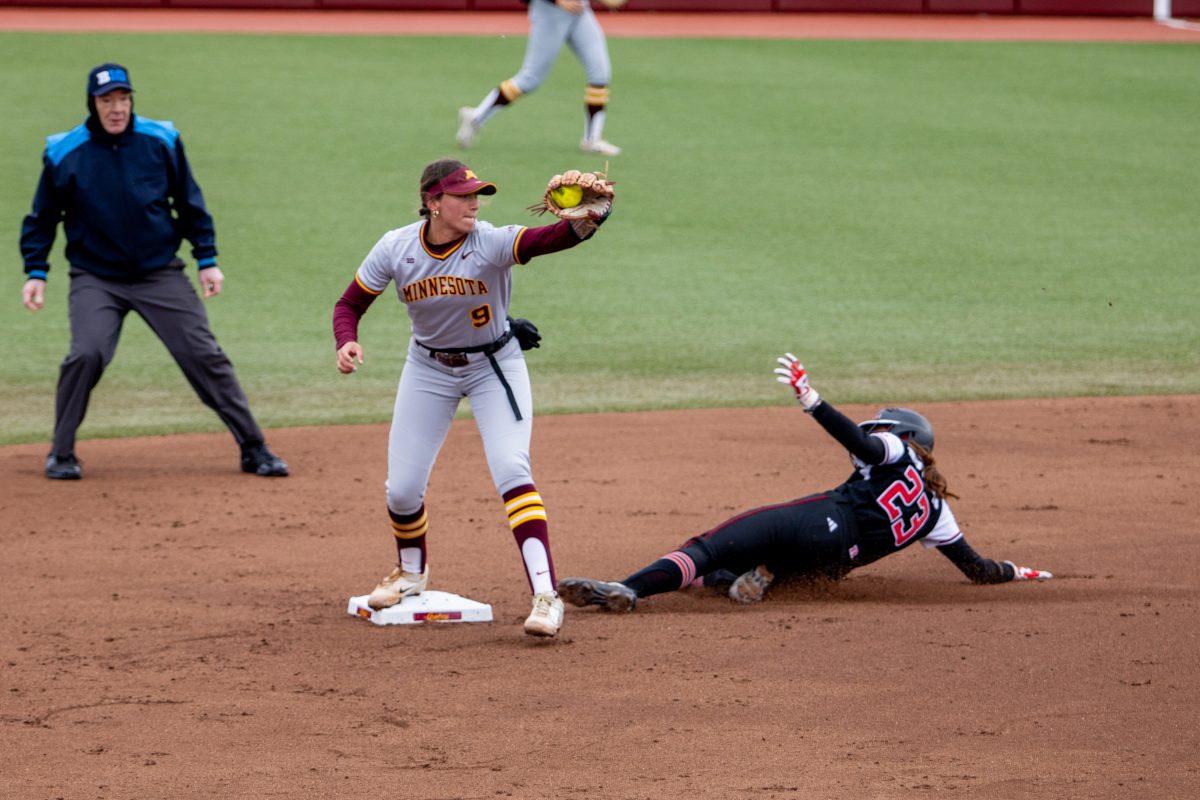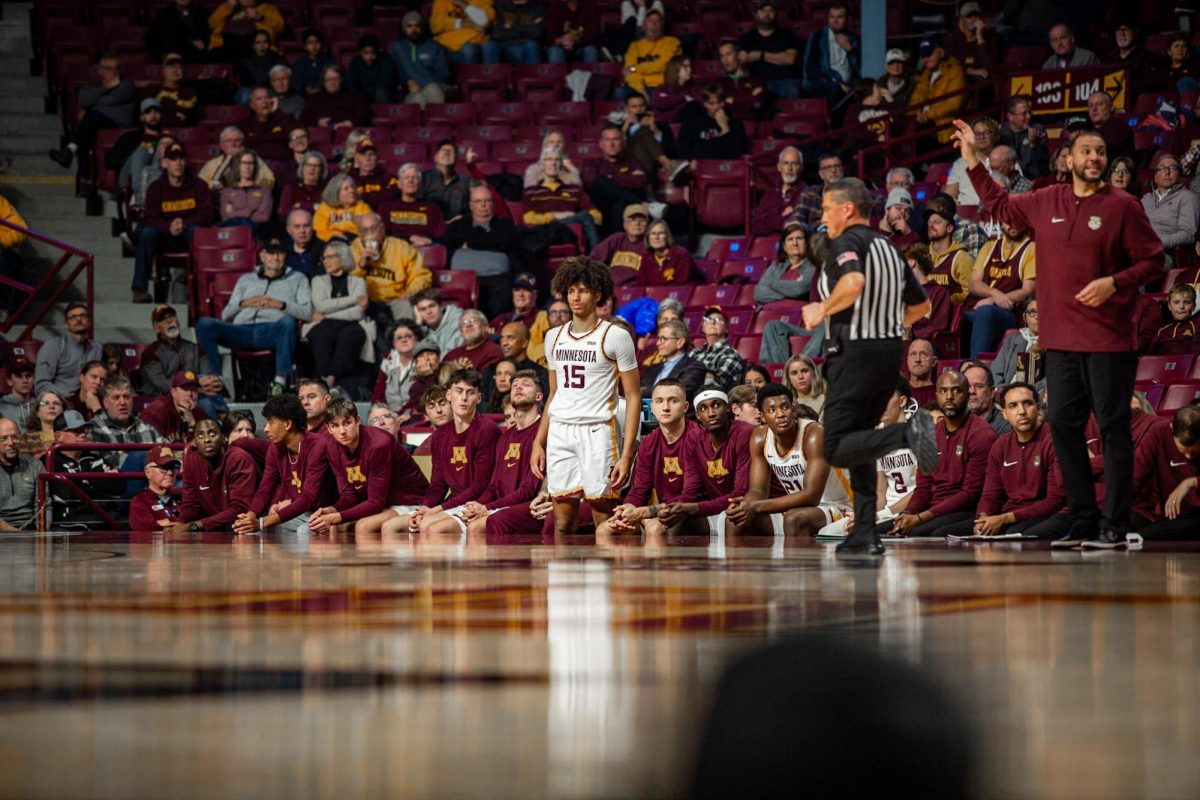Gophers baseball took the next step Friday in replacing its 40-year-old Siebert Field.
The University of Minnesota’s athletic department announced the selection of DLR Group as the design team and PCL Construction Services Inc. as the general contractor for the construction of the new baseball stadium, which will be built where Siebert Field currently sits.
“It’s been a long time coming,” Anderson said. Since the early 1990s, John Anderson, the winningest coach in Big Ten history, has advocated for a new stadium and watched as the Sports Pavilion, Mariucci Arena, Baseline Tennis Center, TCF Bank Stadium and others were built.
Anderson, entering his 31st season with the Gophers, said his number one goal has been to leave the program better than he found it.
“I’m an alumni as well,” Anderson said. “I think for us to have a competitive program for the next 30 years, we need a new facility.”
The University took the initial step in mid-January, when it put out a request for proposals to find an architect and contractor.
“This means a great deal to the baseball program that has been playing in a facility that is a little out-of-date,” associate athletic director David Crum said in January.
Constructed in 1971, Siebert Field has had maintenance issues since the early 1990s.
The field — with its dilapidated grandstands and shoddy field conditions — has lagged behind in an athletic department that prides itself on infrastructure.
Minnesota boasts some of the top facilities in the nation for its sports like the University Aquatic Center and Ridder Arena.
It has struggled at times to keep up with the arms race across the country which has put pressure on constantly updating and replacing facilities.
“Everybody’s got new facilities in our league,” Anderson said. “In our region of the country it’s also impacting recruiting. We have to have new facilities if we want to be competitive and this is the start of it.”
The athletics department also announced Friday the beginning of its grassroots fundraising campaign to help fund the new field. Gophers baseball supporters can now contribute at any monetary level to the Golden Gopher Fund to help build the new field.
The Golden Gopher Fund has received a number of six-figure contributions as well, including a $2 million dollar gift from the Pohlad Family Foundation — the family that owns the Minnesota Twins.
The fund, which is the nonprofit branch of the University’s athletic department in charge of fundraising, has secured commitments for a little more than $7 million toward the project. The field is expected to cost $7.5 million in its first stage.
“Our job is to get [Gopher baseball] a facility that is comparable to other Big Ten facilities so they’re on a level playing field,” Crum said in January.
The estimated completed cost is about $15 million. That will still be cheaper than other recently constructed Big Ten baseball facilities.
Purdue University’s Board of Trustees approved last year a contract to build a new $21 million baseball stadium that is expected to be completed by April 1. Pennsylvania State University replaced its outdated field with a $31 million baseball stadium that opened for the 2007 season.
For the past decade, the Gophers baseball team has had to play its home games intermittently off-campus at the Metrodome. After the December 2010 collapse of the Dome’s roof, the team scrambled to schedule home games, which resulted in a bulked up road schedule and a slew of cancellations.
The team played four weekend series at Target Field and a pair of games at Siebert while the rest were either played on the road or cancelled altogether.
In 2004, the University had to schedule 24 of 35 home games in the Metrodome because Siebert Field was in such disrepair — the first time since 1970 that a majority of the home games were played away from Siebert.
“It’ll be nice to have the same place to practice and play on and use year round,” Anderson said. “I’ve felt in recent years our program has been on wheels. We move around kind of like an orphan.”
The Gophers will play their final game at the old Siebert Field on May 1. Thirty-seven of the Gophers 39 home games will be played at the Metrodome, but the May 1 game was moved back to Siebert Field to serve as the memorial last game at the historic field.
-Sam Gordon contributed to this report.














